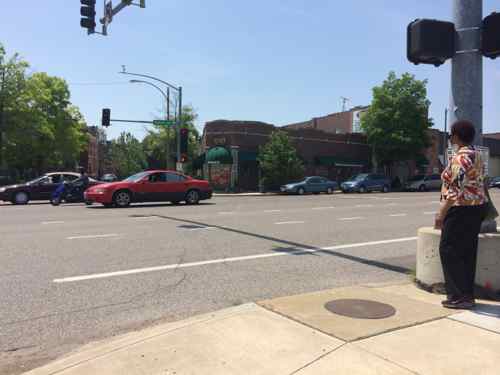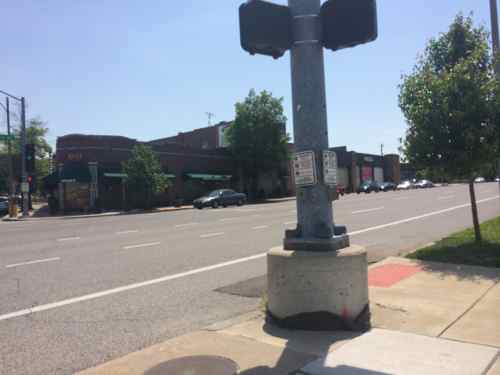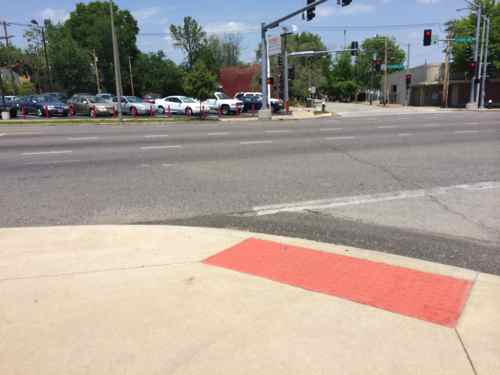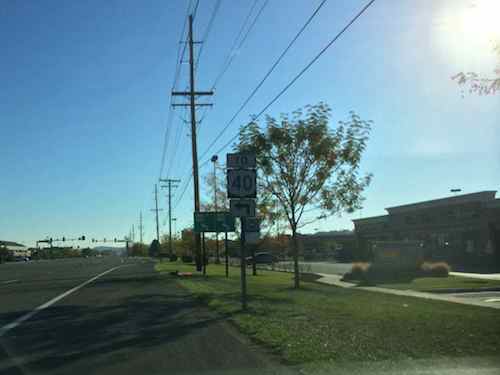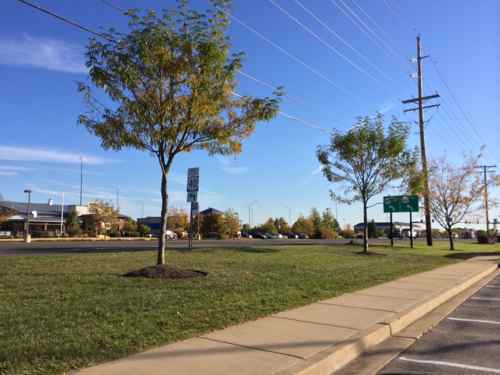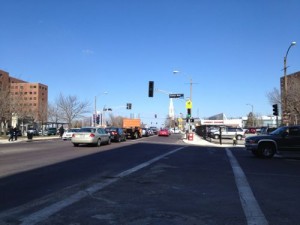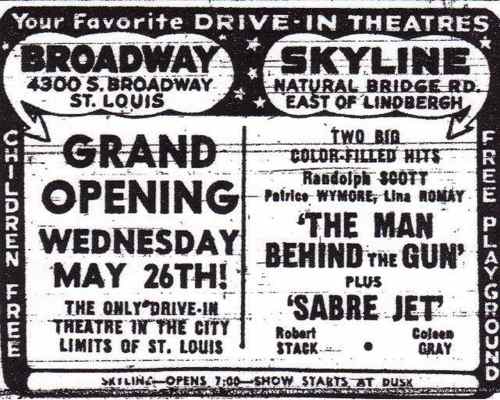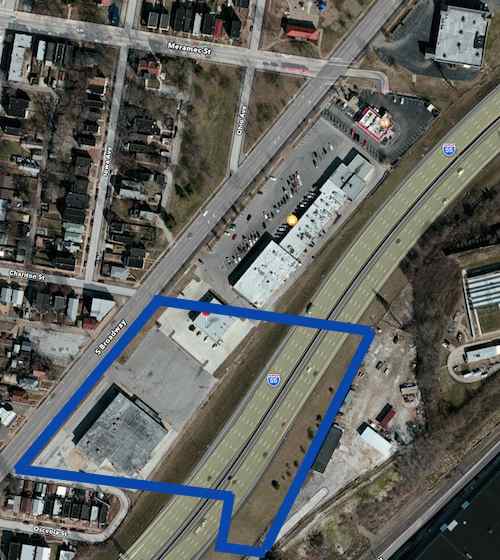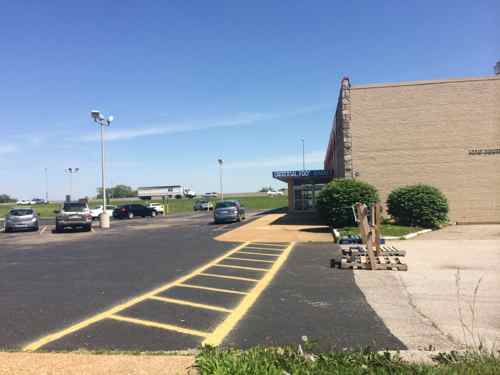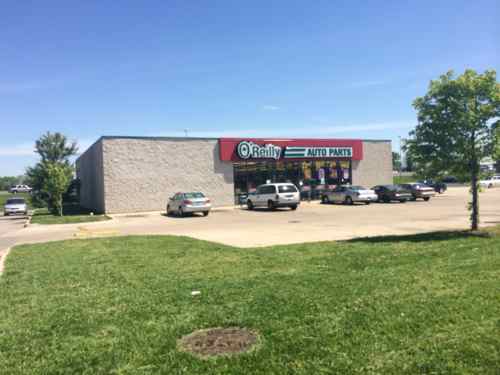Parking: Study Flaw, Open House Tonight, Consultant Hired (UPDATED)
SEE UPDATE AT BOTTOM.
The weekly poll that started on Sunday morning is about parking, but there’s more on the subject. First, St. Louis Treasurer Tishaura Jones is hosting an open house tonight:
The City of St. Louis Treasurer’s Office will conduct a town hall meeting to give the public the chance to meet the vendors participating in the parking technology field tests in downtown and the Central West End.
The meeting will be June 24 at the Central Library in downtown. A meet and greet with the vendors will take place at 6 pm, with a presentation to begin at 7 pm. The companies participating in the town hall are: Xerox, Duncan Solutions, Aparc Systems, and a joint proposal submitted by T2 Systems, Inc., Republic Parking System and Digital Payment Technologies. (source)
As of yesterday morning, tonight’s open house still wasn’t listed under the “Upcoming Events” heading. The above quote is from the blog post listed under “News” 0n May 29th, not holding my breath they’ll list the event as an event. The open house seeks feedback on the field tests of new parking meter technology. First, a little help with some of the jargon you’ll hear.
“Multi-space parking meters” includes two very different types: pay-per-space and pay-and-display. With the former each parking space is assigned a number for you to use when paying at a pay station, the latter you pay at a pay station but get a receipt to stick inside your car window to show payment, spaces aren’t formally designated. The pay-and-display form of multi-space parking meters aren’t being tested in St. Louis. Everyone should be familiar with single space meters.
A flaw recently occurred to me in the design of the pilot project to study two types of technology (Single space meters & Pay-per-space/multi-space stations) from four vendors. Two areas areas of the city were selected to try these: the Central West End (CWE) and Downtown. The problem is someone decided to test both vendors with single space meters in the CWE and two out of three pay-per-space stations downtown. One vendor, Xerox, being tested at Euclid & Laclede, has both single space meters & pay-per-space stations. To control for different conditions, users, etc. one of each type of technology should’ve been placed in each neighborhood, no single space meters are being tested downtown.
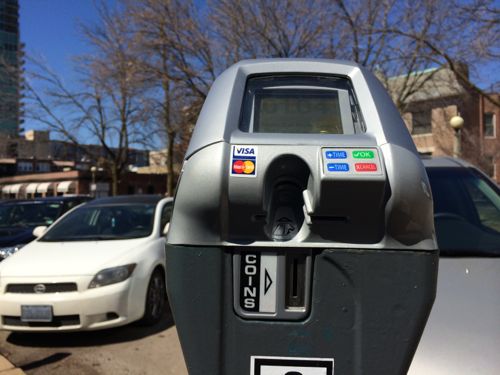
The most recent numbers compares the four vendors to each other, with no reference to historical revenues for the test areas with the current meters. Is one higher because of the technology or because that spot is busier?
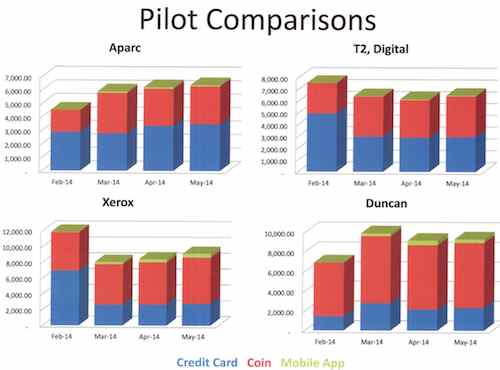
As you can see above payment by coin (red) is larger than credit card (blue), with mobile payments barely registering. It’s expected after a system is selected that credit card and mobile payments will make up the bulk of the revenue. None accept bills.
Thankfully the Treasurer’s Office realized they need parking professionals to guide the city into the future…at least with respect to parking, they recently announced a firm to act as a consultant:
Desman Associates responded to a request for proposal (RFP) to hire a consultant to evaluate the City’s current on and off-street parking programs and to recommend improvements to the parking system. Desman Associates has conducted several parking studies in St. Louis, including studies for Ballpark Village, the Peabody Opera House, Grand Center, and Washington University.
“The parking study will be used to reform the current parking system and offer guidance as we look to implement new parking technology and modernize an outdated system,” said Tishaura O. Jones, Treasurer of the City of St. Louis. “We look forward to working with Desman Associates to create a first class parking operation for the City.”
Desman Associates is based in New York:
DESMAN Associates, is a professional corporation with more than 100 professional and technical personnel. The firm is a leading national specialist in transportation improvements and the planning, design and construction administration of functionally efficient, attractive and cost effective parking facilities. Since the firm’s inception in 1973, DESMAN has served public, private and institutional Clients and Owners throughout the U.S. and abroad and has provided planning, design, and restoration services for over 1,500 parking projects.
DESMAN operates from the nine following office locations:
- New York*
- Chicago
- Cleveland
- Washington, D.C.
- Hartford
- Boston
- Denver
- Ft. Lauderdale
- Pittsburgh
DESMAN Associates is also recognized as a certified Minority-owned Business Enterprise (MBE) by many states, municipalities and other government and public agencies that may help clients meet or exceed their affirmative action goals and policies.
* Corporate office
I’m not sure if representatives from Desman Associates will be at the open house tonight, I’ll be there (Central Library) to meet the four vendors at 6pm and see the presentation at 7pm. Remember, when Tishaura Jones ran for the office in 2012 she said repeatedly she didn’t want to be a “parking czar.”
UPDATED 6/25/2014 @ 7:30am, after talking with teams last night:
- The Xerox team is advocating a mixed approach for St. Louis with some multi-space stations and some single space, depending on the conditions. Block faces with few spaces the single space meters are more cost-effective to install. Other teams indicated they also advocate using both even though they’re only testing one type.
- In cities where a mobile app can be used everywhere the use rate ranges from 10-50%, right now so few meters accept mobile payments few have bothered to set up accounts.
- I was highly impressed by all four teams, the two mobile companies, and the town hall event.Kudos!
— Steve Patterson
